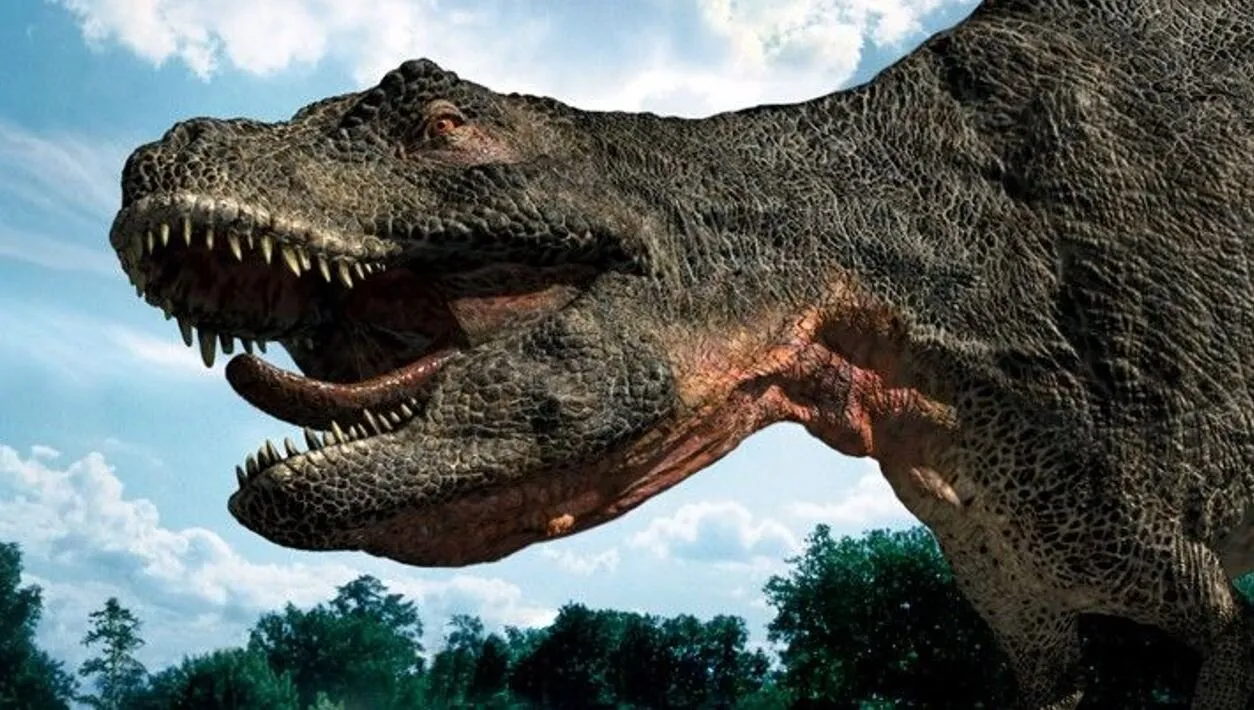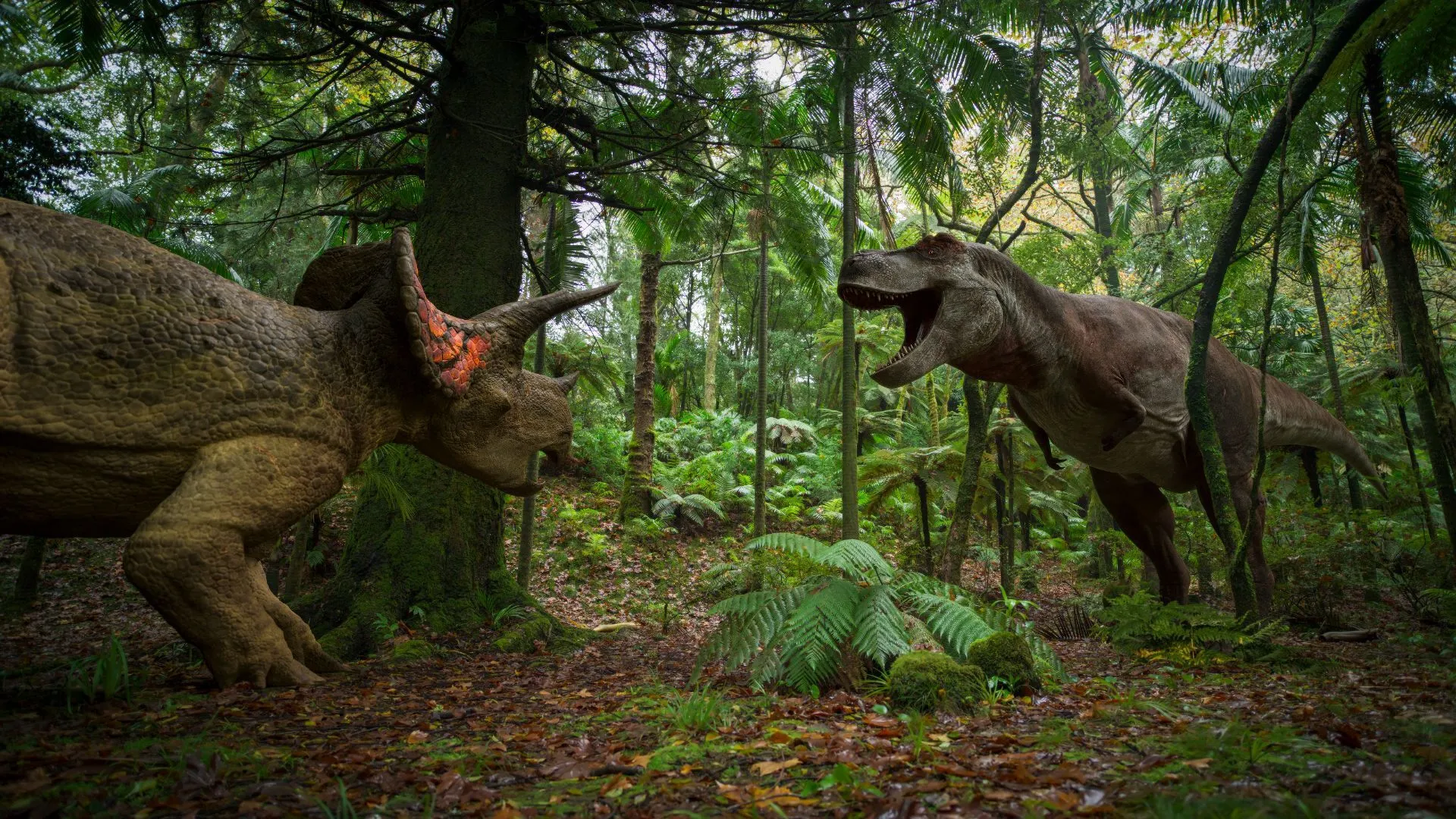The name Walking with Dinosaurs carries the weight of a television landmark, a series that, in 1999, redrew the map for natural history documentaries. Its return to the screen is not merely a revival; it is an attempt to capture lightning in a bottle for a second time. The new series transports viewers back to the lush, dangerous landscapes of Cretaceous North America, but with a different mission.
Here, the ambition is to frame the lives of dinosaurs through a character-focused lens. The core concept marries the spectacle of computer-generated creatures with the tangible reality of paleontological fieldwork. We are shown ancient worlds teeming with life, where every rustle in the ferns could mean a predator. The show promises to connect these grand visuals to the very bones being pulled from the earth, suggesting a tale where scientific discovery and dramatic storytelling are inextricably linked.
Prehistoric Protagonists
The series departs from the detached observation typical of nature documentaries. Instead, it presents prehistory as a series of personal dramas, each episode focusing on a dinosaur given a name and a story arc. The premiere introduces “Clover,” a young Triceratops, no larger than a big dog, left to navigate a perilous world alone.
We follow her desperate search for safety, witnessing her narrow escapes from the jaws of a Tyrannosaurus rex and the sharp beak of the flying pterosaur, Infernodrakon. Her story continues as she tries to assimilate into a herd of lumbering Edmontosaurus, finding fleeting companionship.
This method is engineered for emotional investment. The life of a long-extinct animal is structured with jeopardy and suspense, employing cliffhangers and feigned deaths to heighten the drama. Dinosaur existence is refashioned into a sequence of individual struggles for survival, each with a clear protagonist.
A Sharper, Yet Familiar, Lens
Visually, the series is a clear technological advancement over its predecessor. Textures are more refined, creature models are more detailed, and the digital world is rendered with greater sharpness. The computer-generated imagery, however, does not always achieve the seamless photorealism seen in the most sophisticated contemporary productions.
There is an occasional jerkiness to the animation, a slight hesitation in movement that reminds the viewer of the digital artifice. Yet, there are moments of genuine visual brilliance, particularly when the science directly informs the spectacle. A Triceratops’s defensive frill flashing a brilliant, blood-red pattern to intimidate a predator is a striking example of behavior derived from fossil evidence.
The inclusion of more recently discovered species like Infernodrakon adds a welcome touch of novelty for dinosaur aficionados. The show’s aesthetic is certainly impressive, a handsome production that stops short of being the revolutionary visual leap its ancestor was.
Two Worlds, One Screen
The show’s structure is a constant oscillation between two very different realities. The screen shifts from the animated drama of a dinosaur’s life to the patient, meticulous work of real-world paleontologists. We are taken to dig sites in Montana, where scientists brush dirt from fossilized bones, take precise measurements, and explain the theories born from their finds.
This format provides a fascinating foundation for the animated sequences, grounding the fabricated stories in physical evidence. At the same time, this structural choice creates a curious rhythm. The slow, methodical pace of scientific work can feel like an interruption to the dramatic tension built in the prehistoric world. A question arises about the intended audience.
The simplified, emotional stories seem aimed at a younger demographic, while the dense scientific explanations might appeal more to adults. The series exists in this curious middle ground, leaving one to ponder its ultimate identity: is it a family drama dressed in dinosaur skin, or a science documentary using story as a delivery mechanism?
Full Credits
Director(s): Tom Hewitson, Stephen Cooter, Owen Gower
Producers: Tom Hewitson, Stephen Cooter, Owen Gower
Executive Producers: Helen Thomas, Andrew Cohen
Cast (Narrator): Bertie Carvel
Composer: Ty Unwin
The Review
Walking with Dinosaurs Season 1
This revival of a classic name offers visually impressive moments and grounds its character-driven stories in genuine science. Its reliance on simplistic, human-like drama and a fractured format keeps it from reaching the heights of its predecessor or the photorealism of modern competitors. The series splits its identity between a children's drama and a science documentary, never fully satisfying the demands of either. It is a handsome production, yet one that feels caught between two distinct eras of documentary filmmaking.
PROS
- Creature designs are detailed and visually striking.
- Connects animated stories to real paleontological discoveries.
- Introduces lesser-known and newly discovered species.
- Character-focused approach makes for accessible storytelling.
CONS
- Narratives can be overly sentimental and simplified.
- Animation quality is inconsistent and not always photorealistic.
- The format shift between story and science can feel disjointed.
- An unfocused identity makes the target audience unclear.

















































